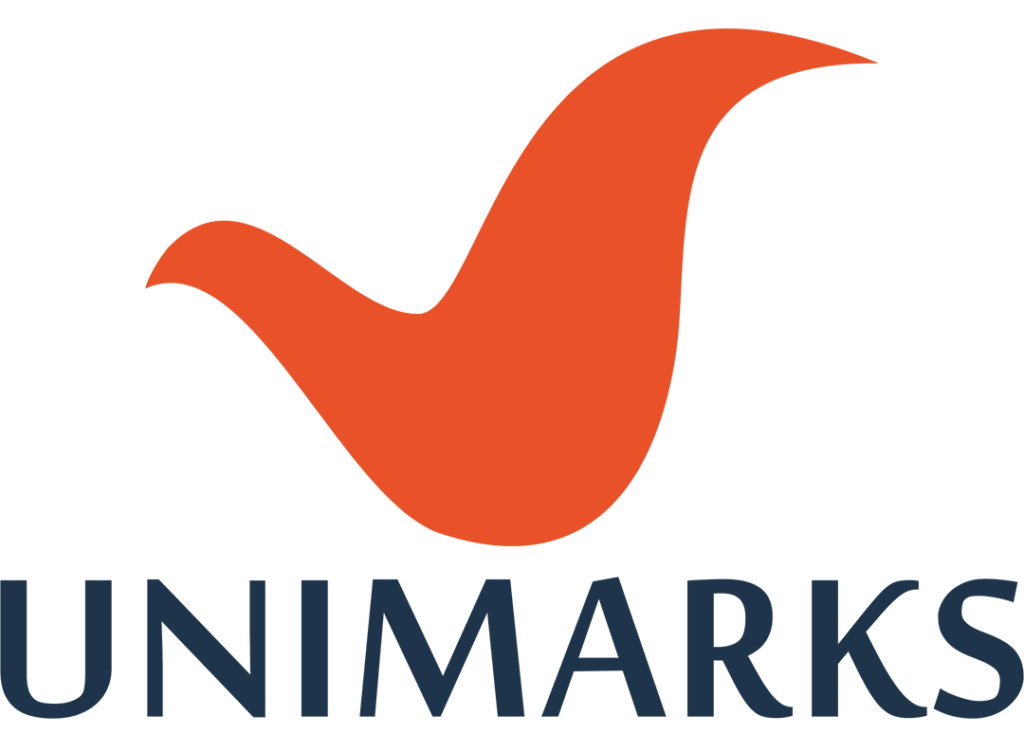The Bombay High Court didn’t stop at an injunction against “PRINCE PLATINUM.” Seeing blatant piracy and market harm, it also appointed a Court Receiver to conduct search-and-seizure (raids) at the defendants’ premises in Jamnagar, Gujarat – securing infringing stock and shutting down the operation. This is a practical blueprint for brand owners seeking swift, on-ground relief when counterfeits hit the market.
Also Read: How Indian Courts Revive Injunctions on Appeal: Insights from Trademark Appeal Lawyer
Why founders and litigators should care
- Counterfeits need more than paper orders. Where piracy is open and ongoing, courts can pair injunctions with enforcement machinery—a Court Receiver who can enter premises, inventory, and seize infringing goods.
- Evidence drives raids. You must document counterfeiting (packaging, domains, dealer reports, undercover buys) and show why mere restraint won’t protect your market.
- Follow-through matters. After early raids and restraint, the matter in Prince Pipes settled, and the Receiver was discharged—proof that clean execution can catalyse commercial resolution.
Also Read: Section 11 Trademark Objections: Why Consumer Context and Holistic Analysis Matter
Case snapshot
- Case: Prince Pipes & Fittings Ltd. v. Prince Platinum Pipes & Fittings (a division of Vigor Plast India Pvt Ltd) & Ors.
- Court/Bench: Bombay High Court (Commercial IP), G.S. Patel, J.
- Key orders:
- 10 Mar 2021: Ad-interim injunction restraining use of PRINCE PLATINUM (and look-alike marks/packaging) and appointment of a Court Receiver for search and seizure at the defendants’ Jamnagar facilities.
- 28 Jun 2021: Consent terms recorded; Receiver discharged; suit decreed accordingly (damages not pressed).
What persuaded the Court? The judge noted PRINCE (with crown device) is the central and striking element of the plaintiff’s brand for pipes, supported by registrations, significant sales/advertising, and market presence. The defendants’ adoption of “PRINCE PLATINUM” (word + get-up) was found to be an obvious attempt to trade on Prince Pipes’ goodwill—a classic case for urgent relief.
Also Read: Trademark Registration in India: How Courts Protect Device Marks from Overzealous Dissection
Reasoning first: why a Receiver/raid (not just an injunction)?
- Clear prima facie infringement: The Court emphasised that PRINCE is the dominant feature of the plaintiff’s mark and identity; the defendant’s mark incorporated it whole, with minimal tweak. Total incorporation is a textbook confusion trigger.
- Evidence of counterfeiting & scale: Material before the Court indicated large-scale manufacturing/packaging of counterfeit “Prince” pipes in Jamnagar – going beyond a “similar mark” dispute into piracy. Search-and-seizure was necessary to stop leakage and preserve evidence.
- Market harm and urgency: The order records significant sales/advertising and the risk of immediate, irreparable damage to goodwill if counterfeits continued-tilting balance of convenience decisively.
- Effective enforcement architecture: Appointing a Court Receiver (a familiar Bombay practice in egregious IP cases) ensures neutral, court-supervised seizures-a measured, lawful alternative to ad hoc enforcement. (The later order even records the Receiver’s discharge post-settlement-precisely how such interventions should end.)
Conclusion (operative result): An ad-interim injunction plus Court Receiver raids at the defendants’ premises-an aggressive but proportionate response to a counterfeit pipeline endangering the market.
Also Read: Trademark Litigation in India: Why Overall Get-Up and First Impressions Decide Your Case
Flowchart — How to earn a Receiver/raid order
Map the piracy → Build proof → Plead urgency & harm → Seek Receiver with precise mandates → Execute & report
- Map the piracy: Identify manufacturing hubs, warehouses, and channels (dealers, e-commerce).
- Build proof: Undercover purchases, photos of plant/cartons, sample bills, dealer statements, domain/website captures.
- Plead the triad: Prima facie case (registrations + total incorporation), irreparable harm (goodwill dilution; safety/quality risks in pipes), balance of convenience.
- Receiver ask (specifics): Authority to enter, search, inventory, seal, and seize infringing stock; directions for police aid if resistance is likely; status reporting to Court. (Prince Pipes: Receiver appointed and later discharged post-settlement.)
- Execute & follow-through: Ensure chain of custody, photographic inventory, and timely Receiver’s reports—these keep your order safe on appeal and drive settlement.
Also Read: Ten Point Evidence Pack To Prove Trade Dress Injunctions – Mumbai HC
Case timeline (compressed)
- 2017–2019: Defendants apply for PRINCE PLATINUM; plaintiff opposes.
- Jan 2021: Plaintiff detects counterfeit stock; moves Court.
- 10 Mar 2021: Ad-interim injunction + Court Receiver raids at Jamnagar.
- Jun 2021: Consent terms; Receiver discharged; decree drawn per terms; damages not pressed.
Comparison table — Plain injunction vs Receiver + raids
| Situation | Plain interim injunction | Receiver/search-and-seizure added |
|---|---|---|
| Nature of infringement | Similar mark/use; limited proof of ongoing production | Counterfeiting/piracy; credible intel on manufacturing/warehousing |
| Risk of evidence loss | Moderate | High (stock can move/destroyed quickly) |
| Relief scope | Restraint on use/advertising/sales | On-ground action: entry, inventory, sealing, seizure |
| Enforcement outcome | Market may still leak | Immediate disruption of counterfeit supply; preserves proof |
Prince Pipes sits squarely in the right column.
Also Read: Fake Evidences in Court Can Ruin Your Case (and Your Business Reputation)
Checklist — Draft your Receiver application like this
- Registrations & goodwill: Certificates, use since dates, sales/advertising (CA-certified if possible).
- Counterfeit evidence: Undercover buys, batch/engraving mismatches, dealer affidavits, plant photos, packaging comparisons.
- Defendant intel: Addresses (factory/warehouse), website/domain captures (e.g., princeplatinumpipe.com noted in pleadings).
- Relief language: Receiver’s powers (search, seize, seal, inventory), police help clause, report timelines, and handling of perishable/installed goods.
- Post-order discipline: Work with the Receiver; ensure transparent inventories; be ready for a consent path if the defendant capitulates (as happened here).
Also Read: Dynamic Injunctions in the Digital Marketplace: Reliance’s Shield Against Online Brand Misuse
Sparring-partner skeptic check
- “Raids are overkill.” Not when you prove active counterfeiting and a moving stock risk; without seizures, injunctions can be paper tigers. Prince Pipes shows courts will escalate proportionately. (
- “We can claim damages later.” True, but unquantified brand damage and safety risks (pipes/pressure ratings) justify urgent market control now.
- “Won’t this drag on?” Not necessarily: here, the matter settled within months, with the Receiver discharged—a clean enforcement arc.
Also Read: Anti-Dissection vs. Dominant Part: Under Armour’s Landmark Victory at the Delhi High Court
About the Author
Suresh Kumar, Advocate, is the Managing Attorney at Unimarks Legal Solutions, Chennai. Practising since 2008, he focuses on trademark infringement and passing off, appeals from the Registrar, rectification, and online/platform enforcement before the Madras High Court (IPD), Commercial Courts, and District Courts across Tamil Nadu. His practice is courtroom-first, grounded in robust pleadings, evidence discipline, and post-order enforcement. He frequently speaks on IP law at industrial forums and universities and is associated with SICCI, CII, and the Tamil Nadu Chamber of Commerce.
Sources: Bombay High Court ad-interim order (10 Mar 2021) detailing PRINCE’s distinctiveness and reliefs; coverage confirming Receiver raids at Jamnagar; subsequent consent order discharging the Receiver and decreeing the suit.
This article is for information and education. It is not legal advice, does not create a lawyer–client relationship, and avoids case-specific recommendations. Conflicts are screened per firm policy before any engagement.



